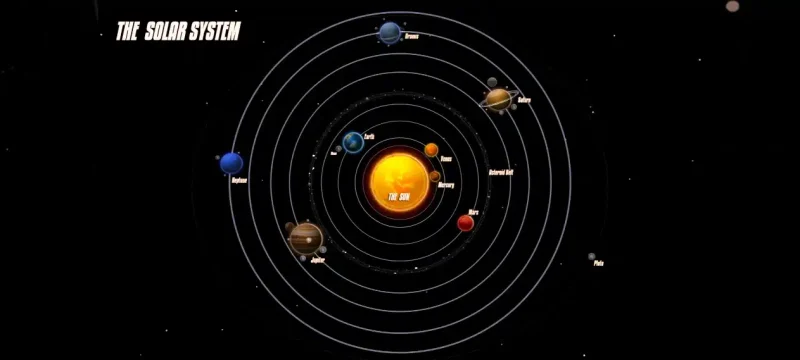The Force of Gravity:
Explain the fundamental role of gravity in shaping planets. Detail how gravity, as a force of attraction, pulls materials toward a central point, resulting in a spherical shape. Use examples from different planets in our solar system to illustrate this phenomenon.
Equilibrium and Rotation:
Explore how a planet’s rotation contributes to its spherical shape. Discuss the concept of equilibrium between gravitational forces pulling inward and centrifugal forces pushing outward due to the planet’s rotation. Use Earth as a primary example to explain this equilibrium.
Collisions and Formation:
Delve into the formation of planets and how collisions with other celestial bodies contribute to their shape. Discuss the early stages of planet formation, where collisions and accretion play a crucial role in shaping the emerging planets.
Liquid Planets:
Highlight the role of liquid substances, such as water, in shaping planets. Discuss how liquids tend to seek a level surface due to gravity, contributing to the overall spherical shape. Touch upon Earth’s oceans and their impact on the planet’s shape.
Exceptions to the Rule:
Briefly mention exceptions in the solar system, such as dwarf planets or irregularly shaped moons. Explain why these exceptions exist and why they don’t adhere to the typical spherical form.
Beyond Our Solar System:
Briefly touch on the shapes of exoplanets discovered beyond our solar system. Discuss how the study of exoplanets adds depth to our understanding of planetary diversity and shapes.









